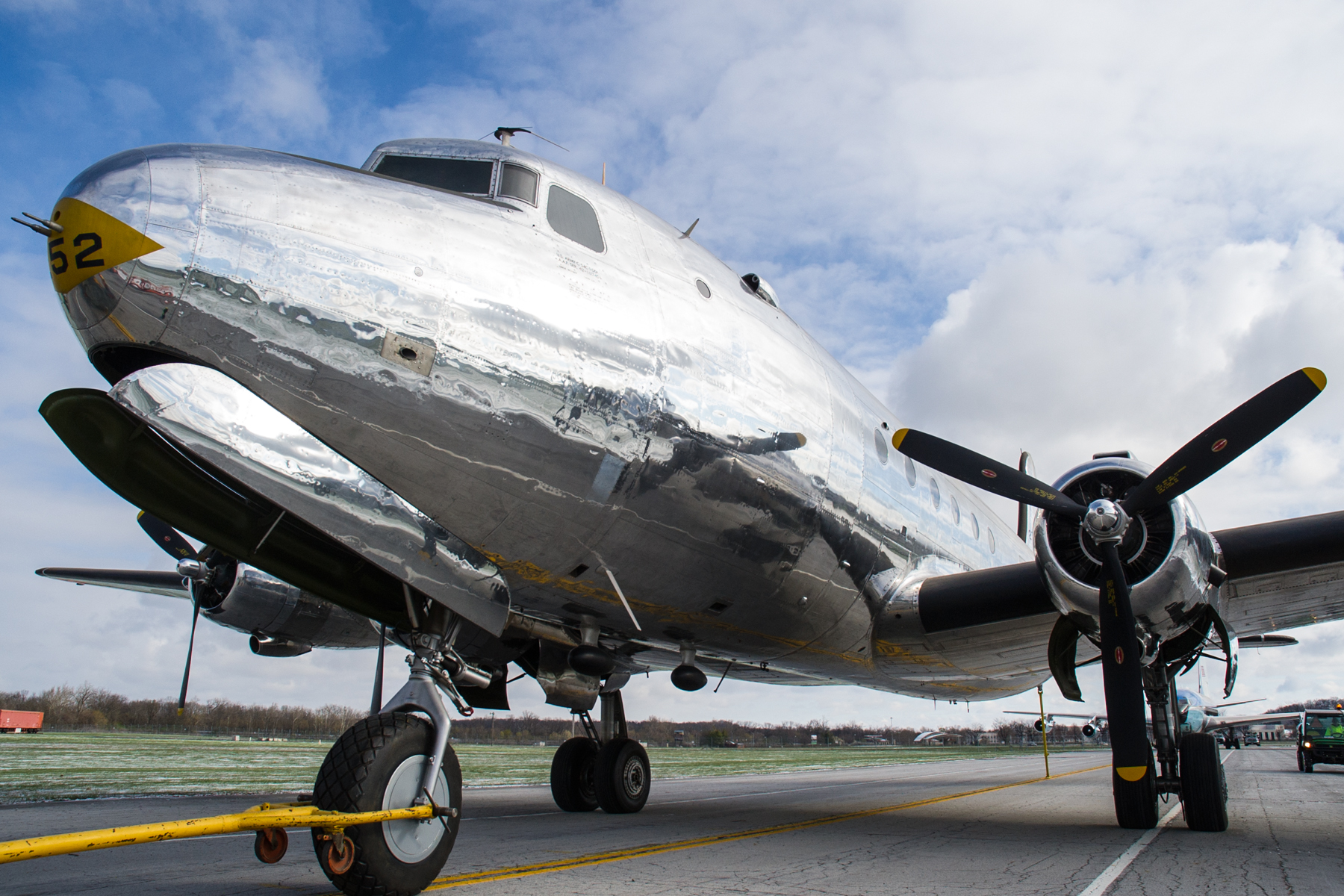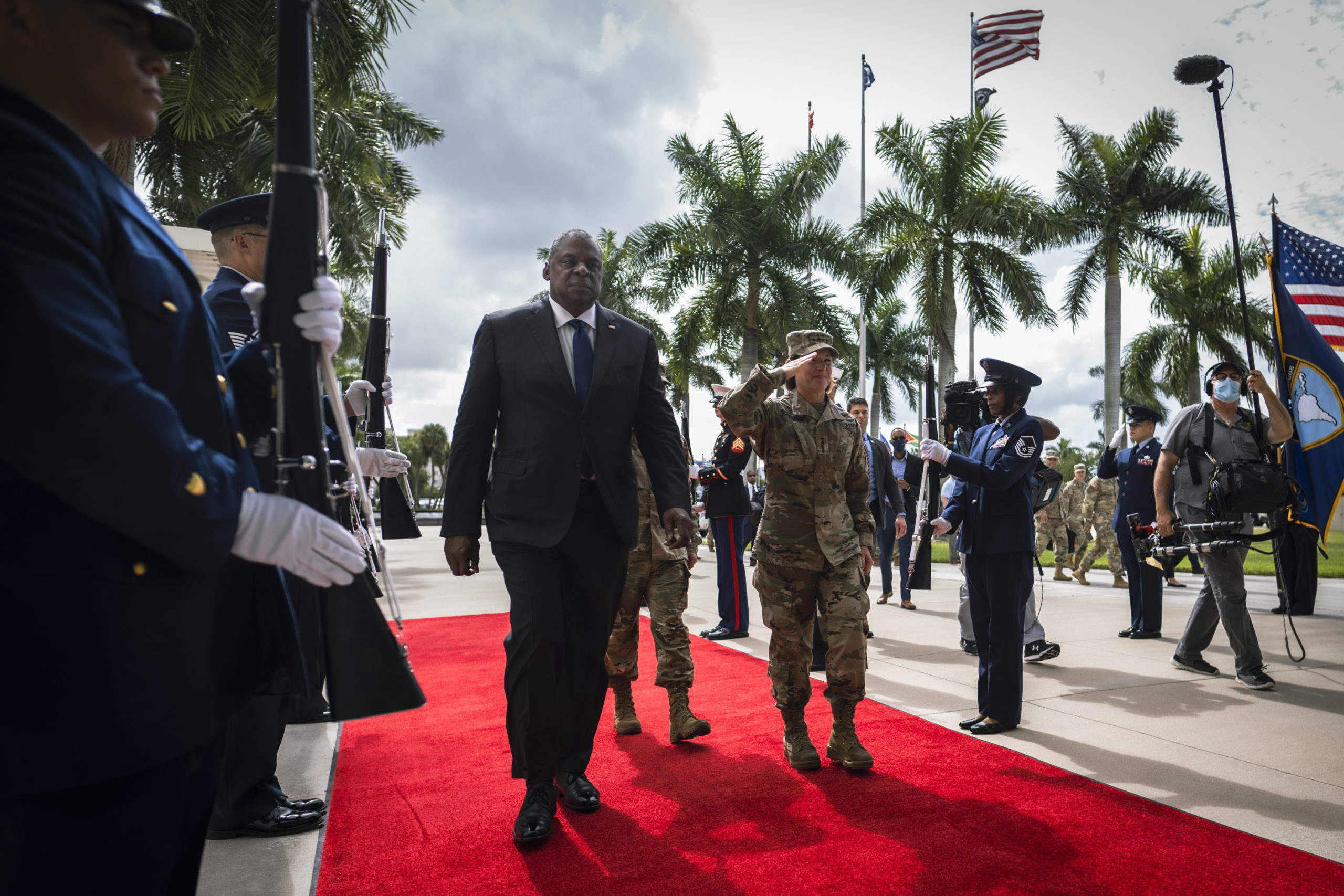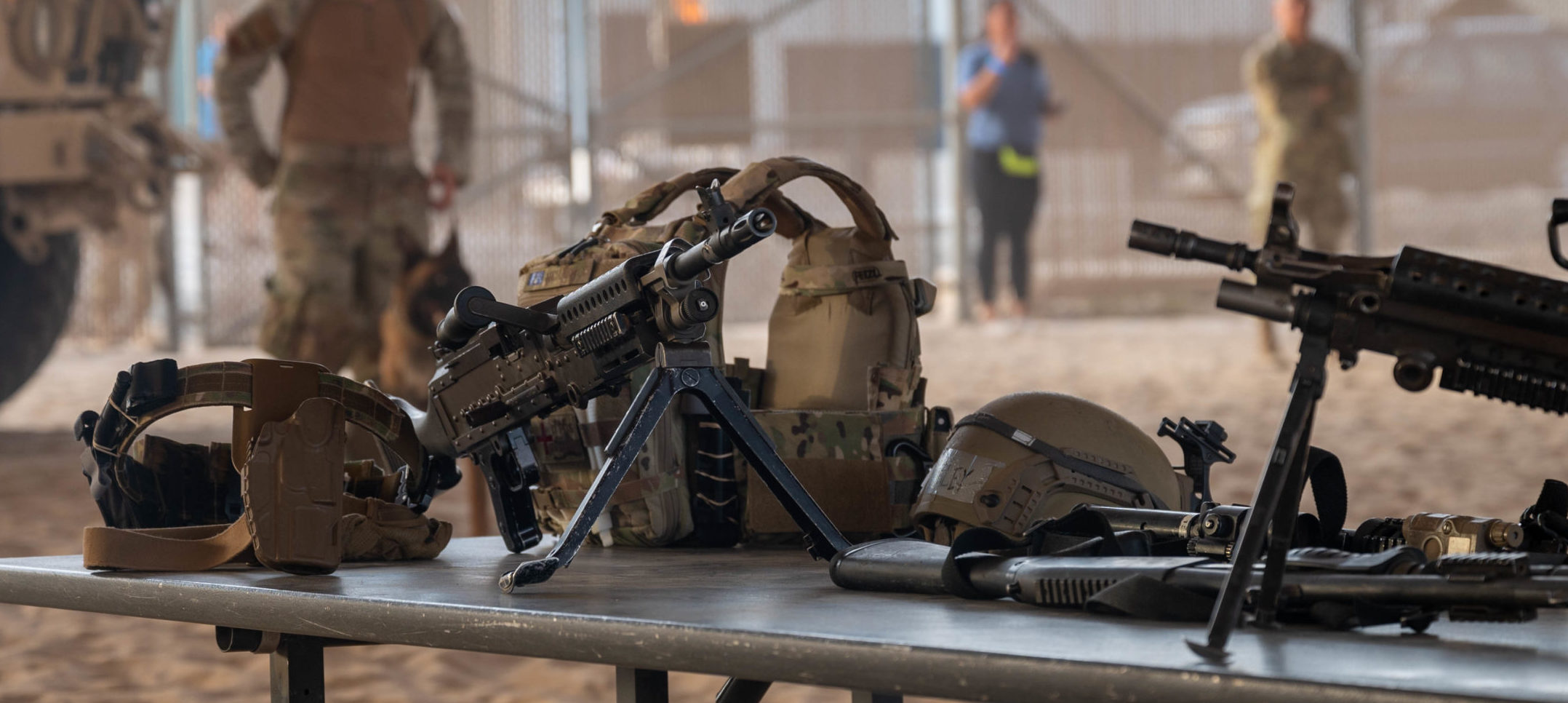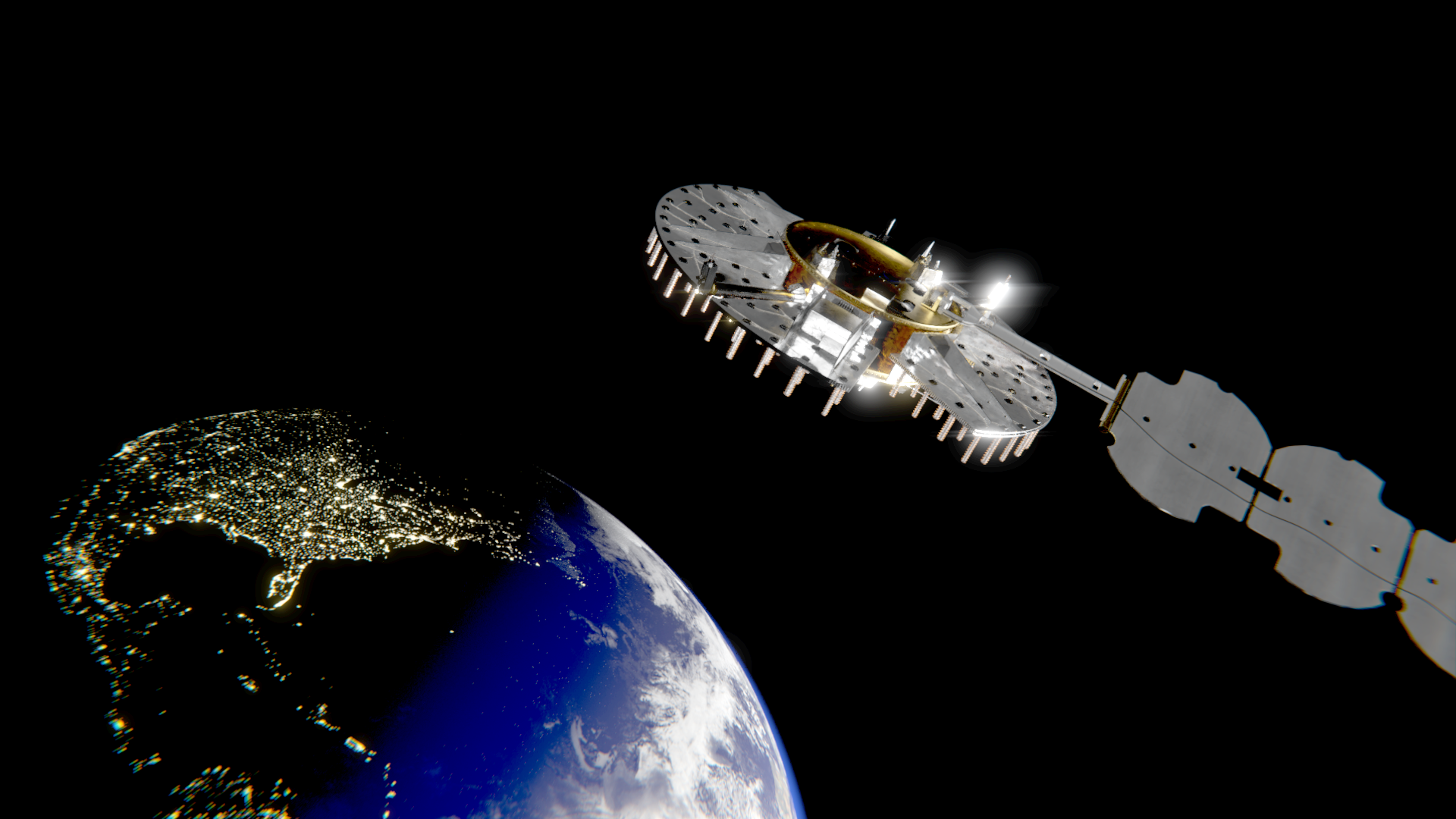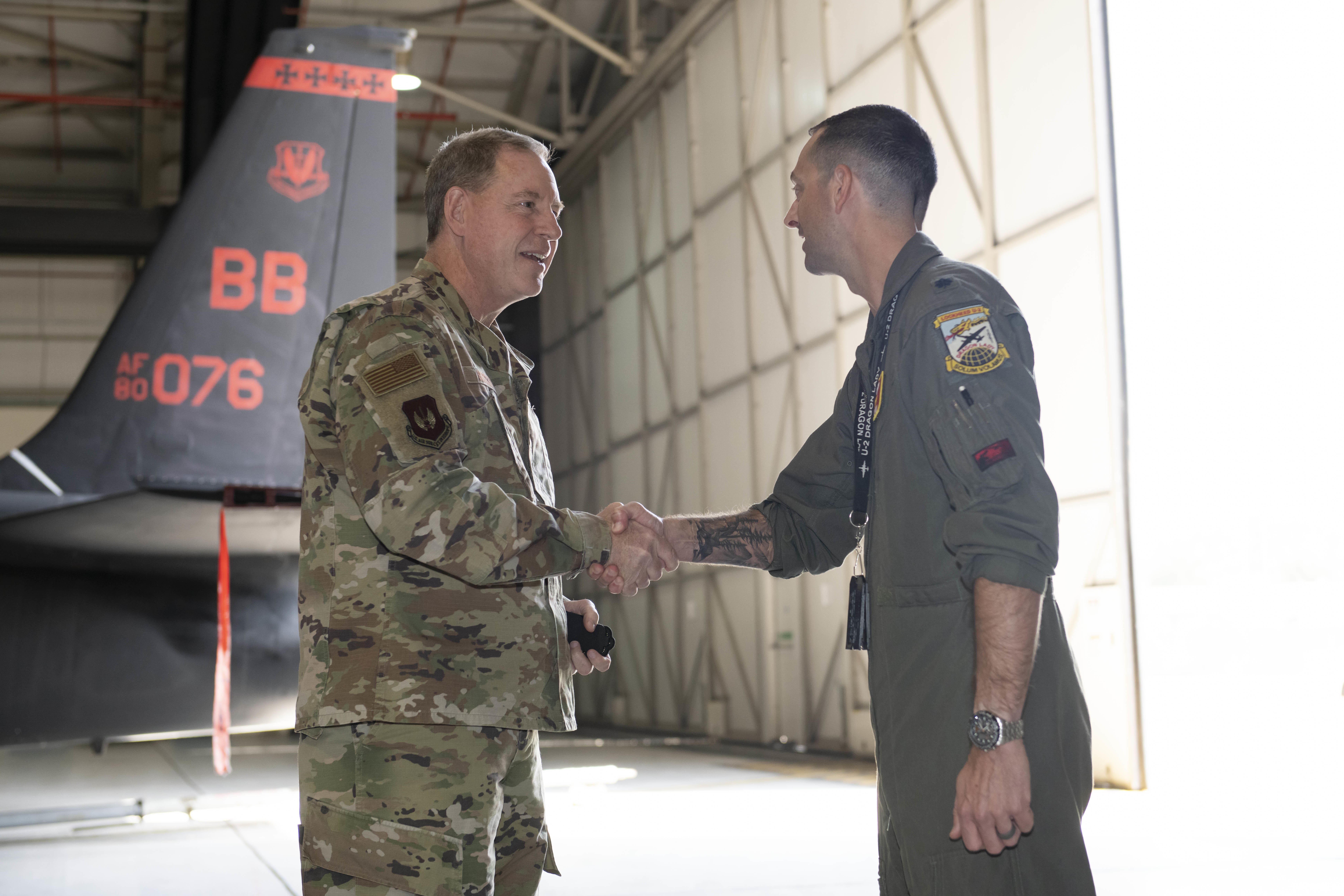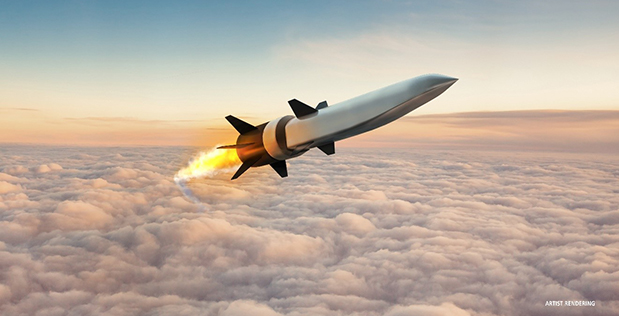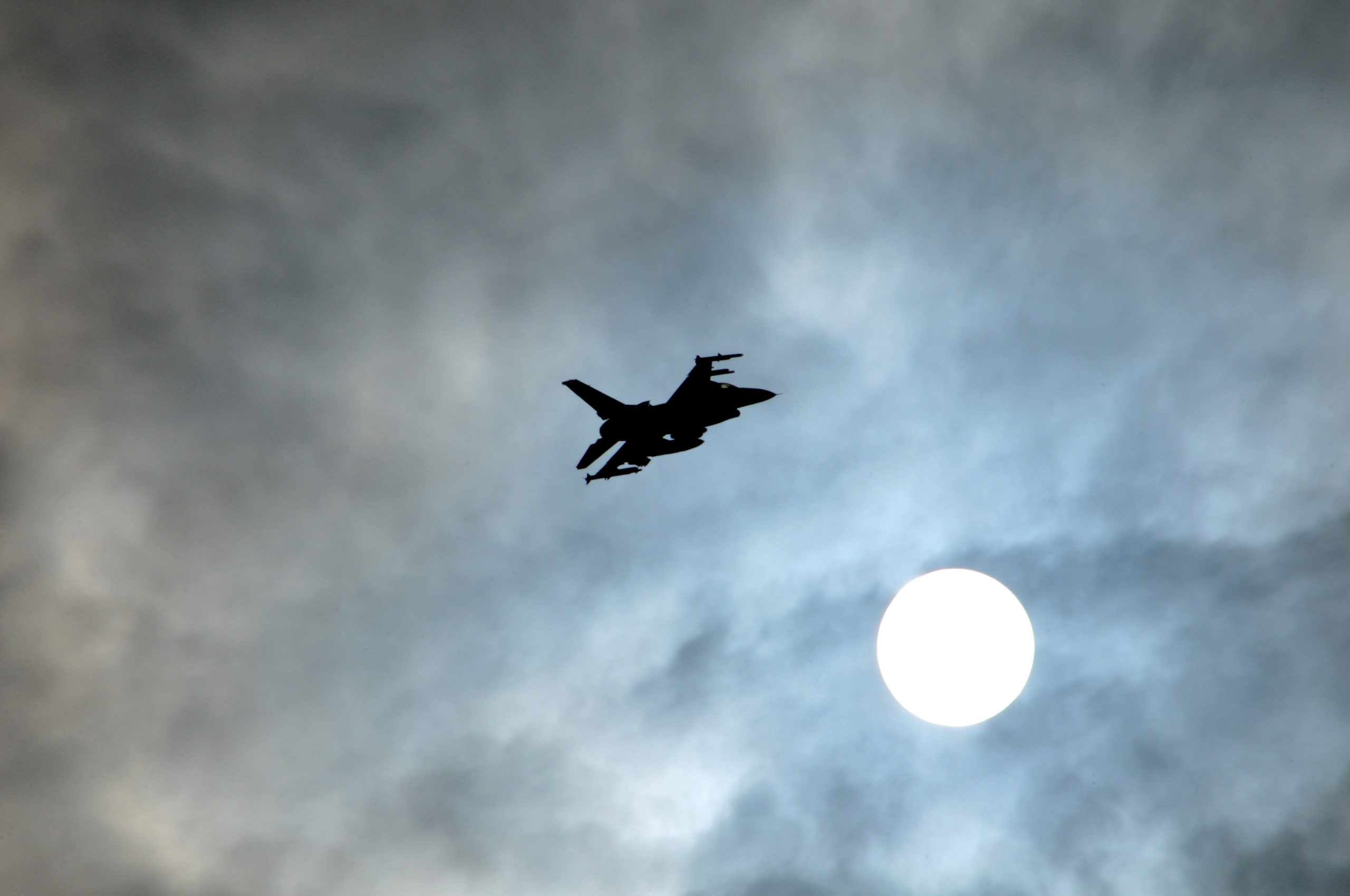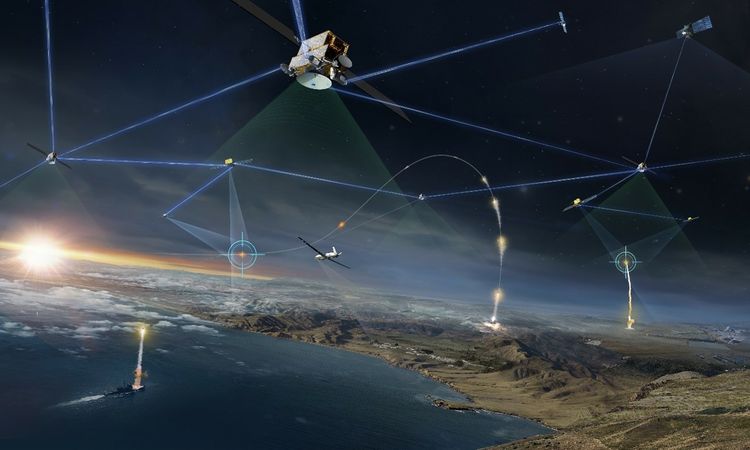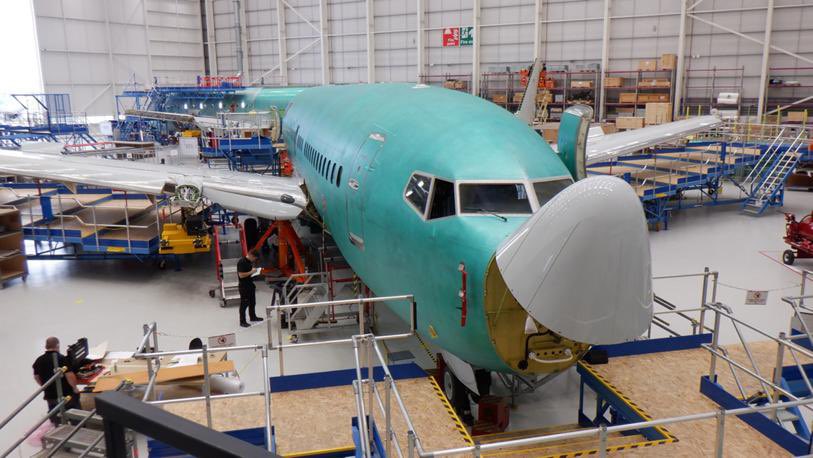While the Air Force’s “birthday” is generally celebrated Sept. 18—the day it officially became active as one of the U.S. armed services—an equal case could be made for July 26, the day President Harry Truman signed into law the National Security Act of 1947, which created the service.
Seventy-five years ago today, aboard the VC-54 presidential transport Truman had dubbed Sacred Cow, he signed the Act, which also organized the new Department of Defense out of the old War Department and Navy Department. The legislation additionally created the position of Secretary of Defense from the old post of Secretary of War; codified the Joint Chiefs of Staff; established the Central Intelligence Agency and the National Security Council; and in many other ways set the framework for the modern U.S. national security establishment.
Originally part of the Signal Corps, the Air Service had become the Army Air Corps in 1939 and the Army Air Forces in 1942. After the Air Force was established by the Act, Gen. H.H. Arnold, commander of the USAAF, became the Chief of Staff of the Air Force in September 1947.
The 1947 law was meant to define and streamline the chain of command within the U.S. military establishment and to codify the responsibilities of various intelligence agencies under a single director of central intelligence.
The military organizational changes were deemed necessary because, although the U.S. had won WWII, it now needed to efficiently maintain large standing forces and conduct large-scale intelligence collection with the new Cold War. An independent Air Force was deemed necessary to organize for the mission of nuclear deterrence along with furtherance of the science and technology of military aviation.
The Navy resisted the creation of a co-equal service for Air, believing it would be out-voted by the Air Force and Army and because it wanted to retain its status as the nation’s first line of defense. After ordering the branches to work out their differences—and not getting results—Truman laid out legislation interleaving drafts written by all the services.
Truman proposed the legislation to Congress in February 1947. During congressional hearings, then-Army Chief of Staff Gen. Dwight D. Eisenhower and Chief of Naval Operations Adm. Chester Nimitz testified in favor of the changes, as did James Forrestal, Secretary of the Navy. Truman would later appoint Forrestal the first Secretary of Defense.
After it passed both houses of Congress, the Act went to Truman for signature, and he signed it July 26, 1947. The following April, Forrestal convened senior service leaders to hammer out and divide their military responsibilities in what would become known as the Key West agreement.
While the 1947 National Security Act resolved many of the World War II problems of dissimilar bureaucracies and priorities, the chronic issues of duplication of effort and operational confusion persisted through the Korean and Vietnam conflicts, coming to a head in the 1983 U.S. invasion of Grenada, which lessons-learned reports characterized as poorly coordinated among the services.
In 1986, some of the structure laid out in the 1947 National Security Act was revised when President Ronald Reagan signed the Goldwater-Nichols Act. It reorganized the wartime chain of command from the Secretary of Defense down through a new system of regional, joint commanders, taking the service chiefs and Chairman of the Joint Chiefs of Staff out of the chain of command and making the “man, train, equip” mission their top priority. The new system was tested only four years later in Operation Desert Shield/Desert Storm, when Gen. Norman Schwarzkopf, the head of U.S. Central Command, led air, naval, and land component commanders from all services in the first Gulf War, to great success.
Truman signed the National Security Act of 1947 aboard the Sacred Cow because he was about to fly to the bedside of his ill mother, but he delayed the takeoff until the document could be couriered to the aircraft.
Some pieces of the Sacred Cow flew in space aboard the Space Shuttle Columbia, which orbited in April 1997 for mission STS-83 to mark the 50th anniversary of the National Security Act of 1947—and the “other” birthday of the Air Force. The aircraft is part of the collection of the National Museum of the U.S. Air Force.
